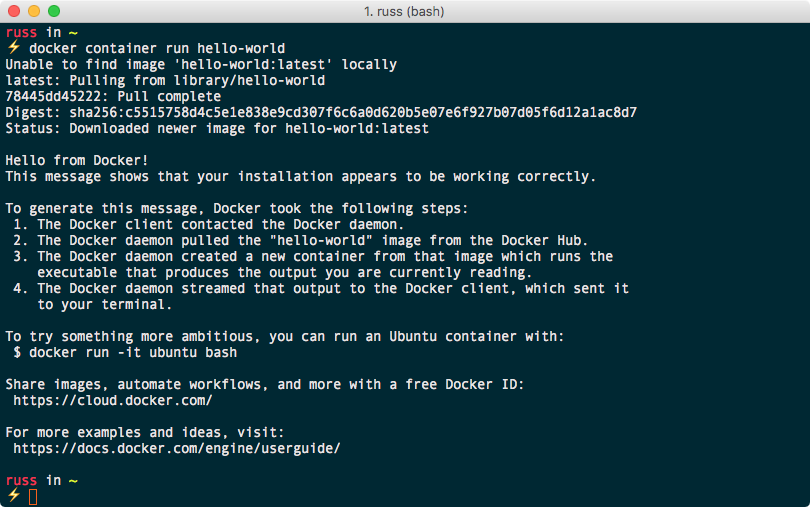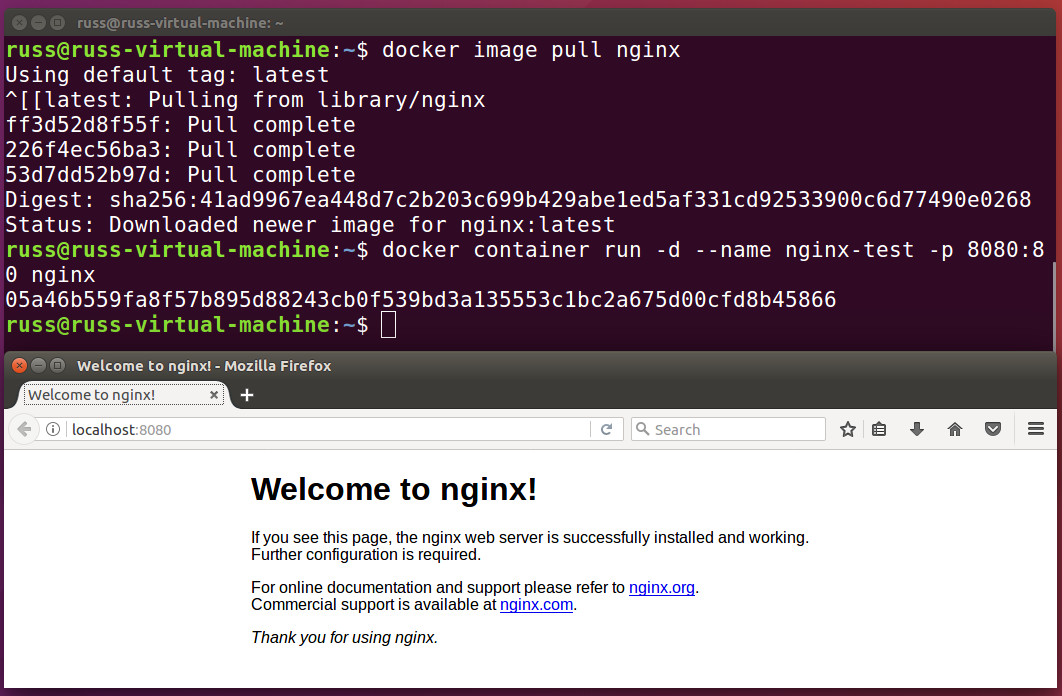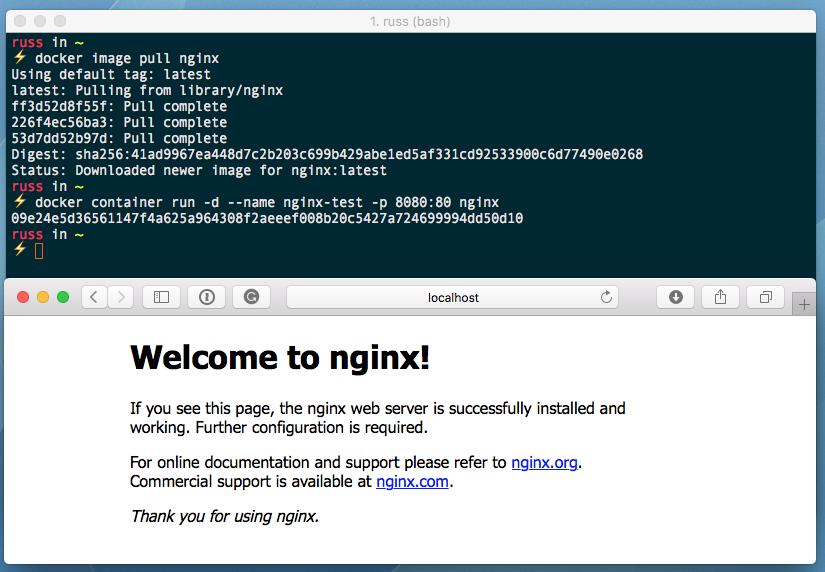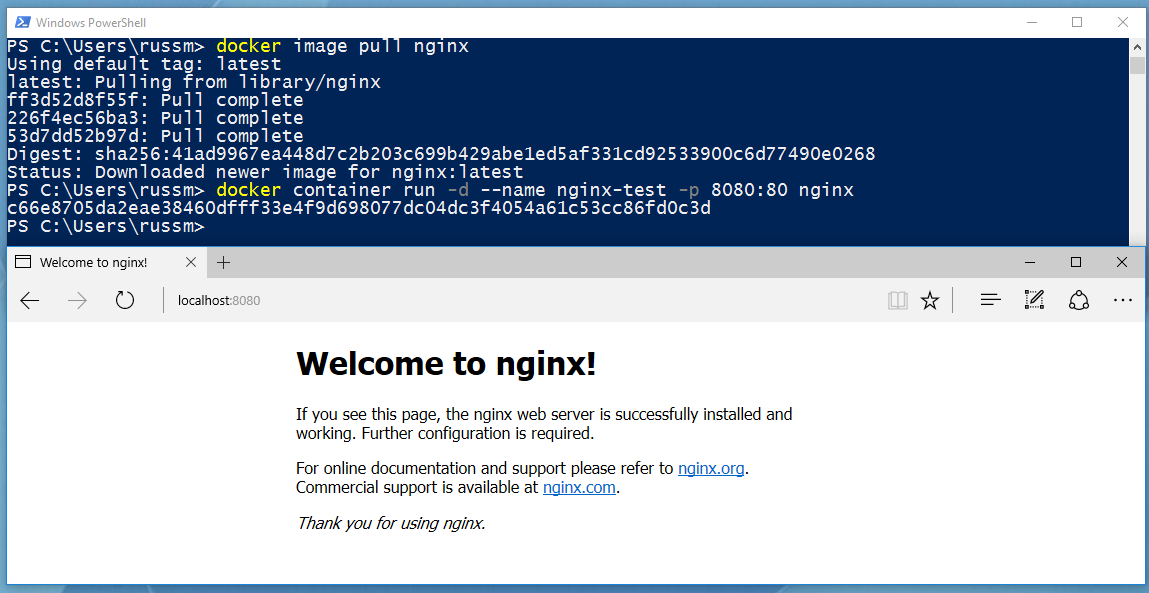Now that we have Docker installed, let's look at some Docker commands that you should be familiar with already. We will start with some common commands and then take a peek at the commands that are used for the Docker images. We will then take a dive into the commands that are used for the containers.
Note
Docker recently restructured their command-line client into more logical groupings of commands due to the number of features provided by Docker growing quickly and commands starting to cross over each other. Throughout this book, we will be using the new structure. For more information on the command-line client changes, read the following blog post: https://blog.docker.com/2017/01/whats-new-in-docker-1-13/
The first command we will be taking a look at will be one of the most useful commands not only in Docker but in any command-line utility you use: thehelpcommand. It is run simply like this:
$ docker helpThis command will give you a full list of all the Docker commands at your disposal and a brief description of what each command does. For further help with a particular command, you can run the following:
$ docker <COMMAND> --helpNext up, let's run the hello-world container. To do this, simply run:
$ docker container run hello-worldIt doesn't matter what host you are running Docker on, the same thing will happen on Linux, macOS, and Windows. Docker will download the hello-world container image and then execute it, and once it's executed, the container will be stopped.
Your Terminal session should look like the following:

Let's try something a little more adventurous; let's download and run an NGINX container by running the following two commands:
$ docker image pull nginx $ docker container run -d --name nginx-test -p 8080:80 nginx
The first of the two commands downloads the NGINX container image, and the second launches a container in the background called nginx-test using the nginx image we pulled. It also maps port 8080 on our host machine to port 80 on the container, making it accessible to our local browser at http://localhost:8080/.
As you can see from the following screenshots, the command and results are exactly the same on all three OS types. Here we have Linux:

This is macOS:

And this is how it looks on Windows:

In the following three chapters, we will look at using the Docker command-line client in more detail; for now, let's stop and remove our nginx-test container by running the following:
$ docker container stop nginx-test $ docker container rm nginx-test



